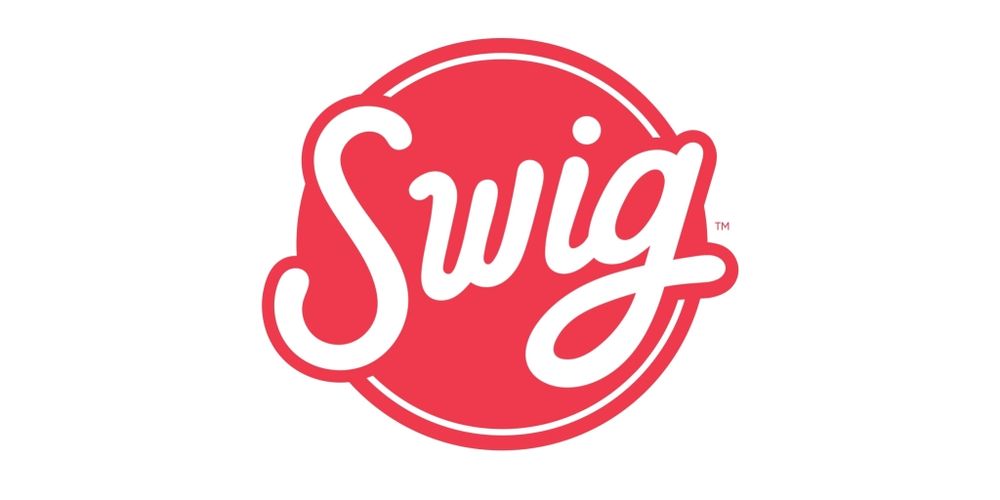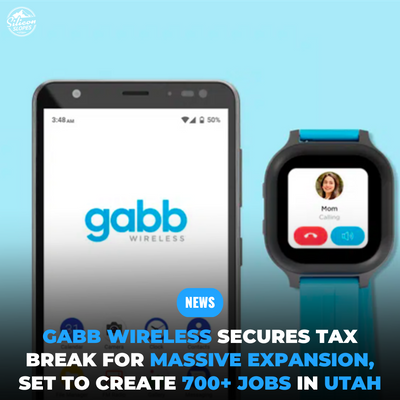With a new President at its helm, Swig is poised for a breakout year with plans to grow the number of stores by over 50% in 2021 as the company prepares to move into three new states
When your typically level-headed, thirty-something daughter practically begs you to take a “quick” detour so she can order a fancy soda and a cookie at a drive-thru in St. George, Utah, you take notice.
But when she does this multiple times, both in southern Utah and then again in the Salt Lake valley, you realize that something’s going on.
Welcome to the world of Swig fanatics.
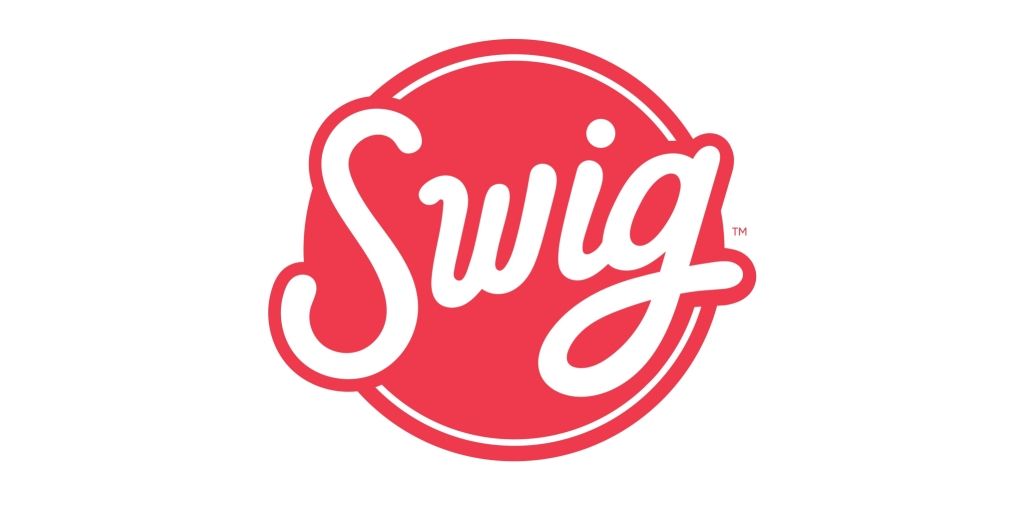
The official Swig story begins in 2010 in St. George, Utah when two avowed Diet Coke drinkers, Nicole Tanner and her husband, Todd, decided to take the plunge into what they described as the Dirty Drink market (aka, specialty sodas) by opening their own store called Swig. That’s the story most Swig fanatics already know.
But the reality is that the story of Swig actually involves three sets of entrepreneurs each on their respective journeys, entrepreneurs who eventually collide and combine into one.
Chase Wardrop, Fancy Cocoa, and The Soda Shop
So for this feature story, let’s start at Brigham Young University, Fall Semester 2009.
That’s when Chase Wardrop got an assignment in his Entrepreneurship class during freshman year to create a business that would generate $1,000 in sales.

So he, his cousin and a buddy started a hot chocolate business named Fancy Cocoa that they launched in November in a then-empty shaved ice shack across the street from Helaman Halls in Provo.
That walk-up / drive-thru cocoa stand had a short life of just a few months, but it served its purpose, producing over $1,000 in revenue, helping Chase land a “Pass” grade in that Pass/Fail class, and giving him his first taste of the “Beverage Industry.”
Fast forward several years and Chase found himself working as a Teacher’s Assistant at BYU’s Rollins Center for Entrepreneurship and Technology where one of his prime responsibilities was helping to identify successful entrepreneurs who would be willing to deliver speeches to students in the program.
One of the entrepreneurs he targeted (and landed), was Andrew K. Smith.
Andrew K. Smith: Serial Tech Entrepreneur, Restauranteur, and Investor
By the time Chase connected with Andrew, he had already launched and led three successive tech companies based in Utah County, each of which were acquired between 2001 and 2010.
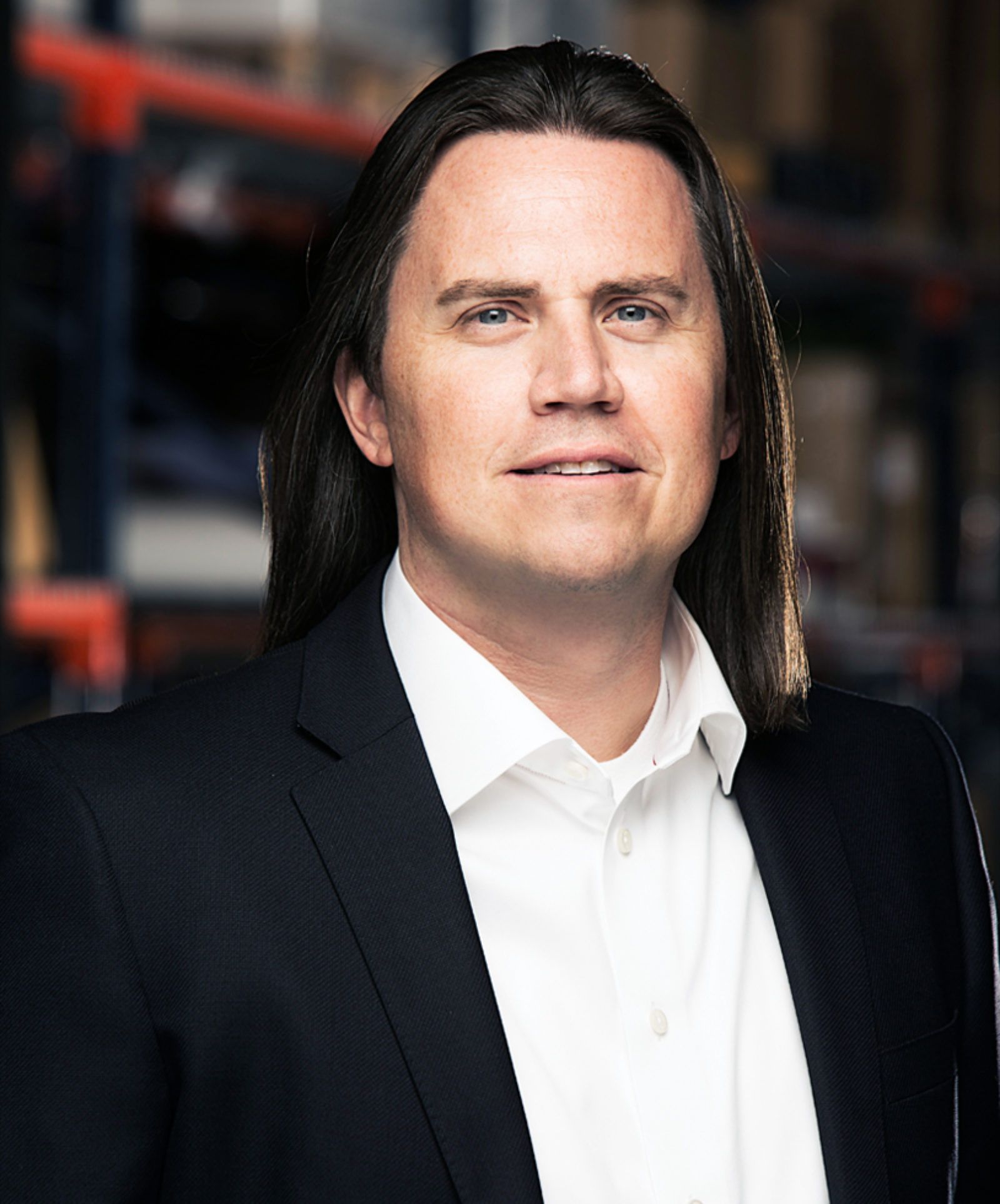
Then Andrew retired, sort of.
Actually, to hear him explain it, he and his wife, Shauna, were frustrated that there were no family friendly Quick Serve Restaurants (QSRs) near where they then lived in northeastern Utah County.
So one thing led to another and they ended up acquiring the rights to open a Kneaders franchise on SR-92 (aka, the Lehi-Alpine Highway). And not surprisingly, it was successful.
In fact, the Kneaders location they opened was so successful that the two of them co-founded Four Foods Group, a restaurant management company, with Andrew serving as CEO and Shauna starting as Chief Merchandising Officer before becoming President.
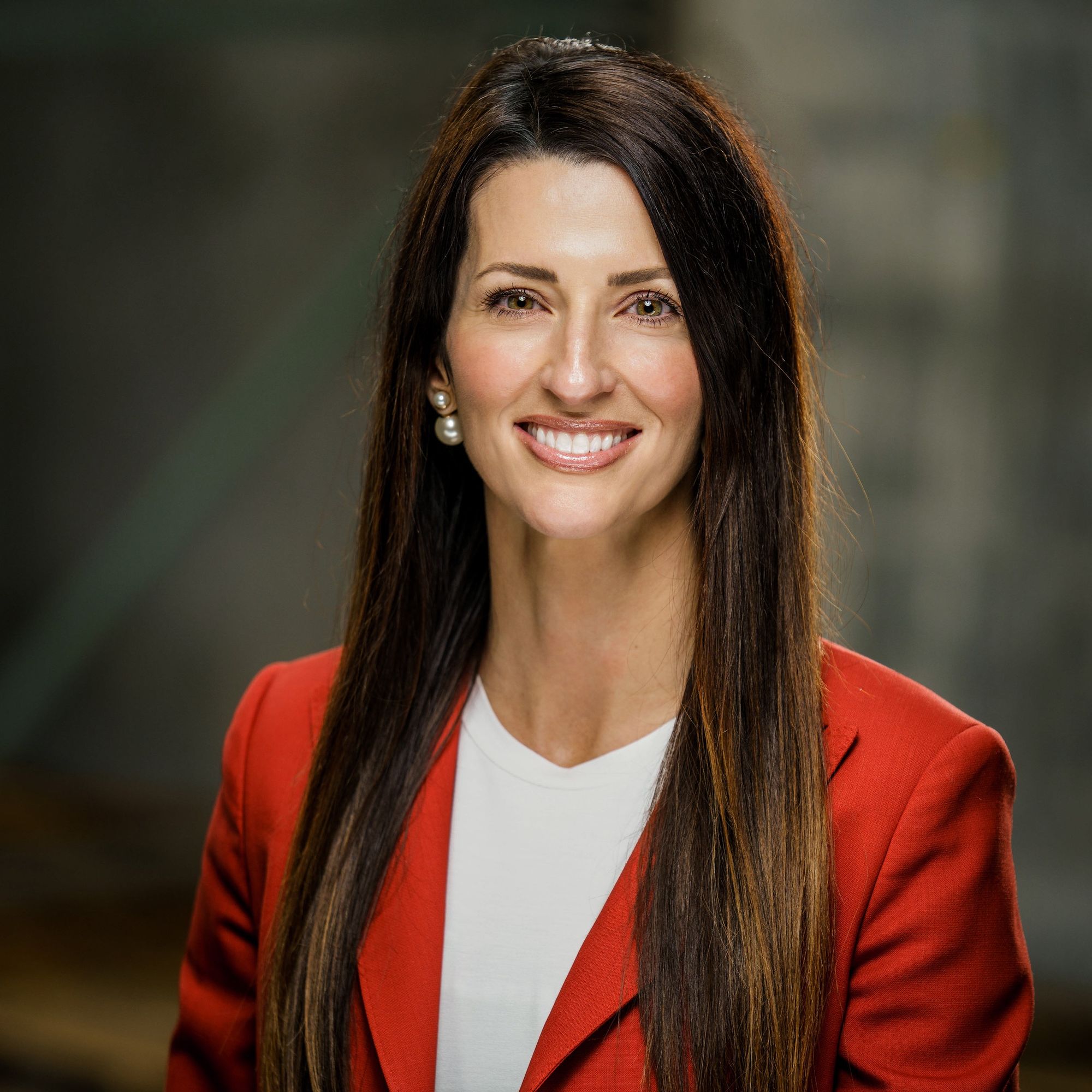
And not only did they succeed, they went big.
In fact, during the 10-year-period of 2008 through 2018, they and their team grew FFG into a Top 100 restaurant management company in the United States, eventually owning/controlling over 170 restaurants based in 12 states, an organization that generated north of $1 billion during that decade.

The Birth of “The Soda Shop”
Having seen the success of Swig and other specialty soda restaurants (especially in Utah), Chase and his grade school friend, Dylan Roeder, had decided by early 2015 that they were going to launch a beverage-focused QSR in their hometown of Gilbert, Arizona.
And given that he had already met Andrew and heard his Four Foods Group success story, it’s not that surprising that Chase reached out to Andrew to ask questions and seek advice on how to win in the specialty soda business. So Andrew became a mentor to Chase and Dylan, and The Soda Shop opened its doors in September 2015.
Six months later (February 2016), a second location of The Soda Shop was opened in Mesa, Arizona, this time with Andrew/Four Foods Group coming in as an investor.
In the meantime, Swig had begun to pick-up steam.
Swig Growth and A Collision Course A-Brewing
By the time Chase Wardrop, Dylan Roeder, and The Soda Shop clicked with Four Foods Group (aka, Andrew, Shauna, and team), Swig was gaining momentum as Nicole, Dennis and Team Swig had continued to grow their operations, especially as competitors had entered the marketplace (particularly in Utah).
As then CEO Nicole explained to QSR magazine in its August 2020 edition, it was a story on a local TV news station in 2013 that put Swig on-the-map as a go-to destination for Spring Breakers and others visiting St. George.
In fact, that story jump-started Swig’s growth as it went from two locations in 2013 to 16 stores at the start of 2017, an eightfold spurt in four years. Wow!
By then, inquiries were coming in from “everywhere” with potential investors and franchisees reaching out to Swig management to see if they would consider partnering.
But as Nicole explained in the May 2018 issue of Inc. magazine, Swig had been considering franchising since 2015 (the same year The Soda Shop launched).
However, the prospect of lost control and potential risks to the Swig brand and its focus on customer service made the owners nervous about the franchise business model.
So what brought Swig, Four Foods Group and The Soda Shop together anyway?
In the end, a friend of Nicole was also friends with Andrew and suggested she reach out to him. She did. They clicked. And on December 1, 2017, FFG acquired Swig.
In the news release announcing the all-cash acquisition, Four Foods Group explained that earlier in 2017 it had acquired The Soda Shop and its two Arizona locations, and that The Soda Shop would be merged into Swig over the coming year.
Post-Swig acquisition,
- Nicole became Executive Vice President of Customer Service of Swig, with
- Chase named EVP of Operations, and
- Dylan named EVP of Marketing/IT.
The Transition from Four Foods Group to Savory
Shortly after acquiring The Soda Shop, Swig, and growing the other QSR brands it then held controlling interest in, Four Foods Group had quietly started the process that would lead FFG to sell off its franchisee businesses.
In fact, by 2018 FFG had expanded its exclusive multi-state development agreement with GCW Corporation (parent company of Kneaders Bakery & Café) and had “built, opened, owned and operated 50 Kneaders” locations across the country.
Additionally, in 2017 FFG acquired 48 existing Little Caesar’s stores in the southeastern portion of the U.S., and then grew that number to 72 locations within one year and becoming one of Little Caesar’s largest franchisee owners in the country.
But in 2018, FFG sold its Kneaders stores to GCW. And by the end of 2019, the Little Caesar’s stores had been sold by FFG as well.
In the midst of this transition out of owning franchisee stores but not controlling the parent companies, Savory Management was formed in 2018 as a Mercato Partners value-add management company, with Shauna Smith as its President.

Simultaneously, Andrew joined Mercato as a Managing Partner of its newly formed investment fund, Savory, a growth investment vehicle focused on emerging QSR concepts.
{NOTE: Andrew had approached Mercato’s Co-Founder and Managing Director, Greg Warnock, for advice on how best to navigate the business and investing path ahead for the entire FFG team. The result was the decision for Andrew to join Mercato and become a Managing Partner of the newly formed Savory Fund, while also creating Savory Management as a part of the Savory Fund.}
And so at the outset, three FFG-owned companies were folded into Savory:
- Mo’ Bettahs (with three locations at the time);
- R&R Barbeque (with eight locations at the time); and
- Swig (with 22 locations at the time).
Preparing for Swig Growth in 2020, 2021 & Beyond
As noted previously in this article, after Four Foods Group acquired first The Soda Shop and then Swig, Chase was named EVP of Operations for Swig.
In my interview with him this past week, Chase explained that the infrastructure and training was not there at the beginning when they joined Swig in late 2017.
“Swig’s gone through quite the transformation: logo, menu, menu items, and also (inside of Swig) the training, the processes, and the structure,” Chase said. “Getting everyone to a level that we were wanting to be at, it took a long time, it took patience, and it took a lot of development. We introduced a whole new training platform.
“(What) we we’re really focused on (is) helping our managers and our team, not just become good drink makers and cookie frosters, but actually knowing how to manage people and build a team. And so we really had to change the culture of ‘This is how we want to do things. This is how we’re gonna be most successful moving forward.’ And it’s been super rewarding.”
My conversation with Chase this week was triggered by a news release published by Swig in mid-January announcing his promotion to President, a position he had apparently held since mid-2020.
In the release, Shauna Smith (now CEO of Savory Management) said,
“We're thrilled to have Chase at the helm of our growing team and beloved Swig brand. Drawing on his deep experience and passion, Chase will lead Swig into its next phase of growth as we bring the brand's infectious popularity to even more people and geographies in 2021 and beyond.”
And when I asked via text message what it was about Chase that led him to be tapped as Swig’s new president, Andrew replied,
“Chase is super sharp. He’s not emotional, (but) he is a sponge, (and) he cares about results. He (also) connects with our crew in that age group better than anybody I’ve seen.”
According to the release, annual revenue at Swig has grown to $35 million, with 29 locations as of the date of the release.
However, what I learned from my interview with Chase was the fact that Swig added eight new locations in the past two months.
To be clear, that’s a 38% growth rate of locations in just two months.
CRAZINESS!!!
Achieving such explosive location growth in such a short time frame is something Chase attributes to the advance legwork the Swig team has put into place over the past two years.
“We (kept) talking about growth, growth, growth … it’s coming … and (then) we ended up opening up eight stores in a matter of two months,” Chase said. “And so to see the team just step up and step into the role, and just this feeling of going above and beyond to make sure those stores go open so smoothly. (There was) a lot of the legwork and a lot of the hard work leading up to it (that made it all worth it to say), ‘Wow! We just opened eight stores in two months.’ Not many brands do that.”
Part of this rapid expansion was made possible by Swig being willing to adopt a modular store framework made possible by combining three shipping containers into one 500-square-foot Swig store, with a focus on drive-thru traffic, but one that also features a small, in-store dining area.
A New, Rapid-Build Modular Approach
As explained to QSR magazine in a Nov. 2, 2020 article, Swig has been working on alternative, less-expensive, modular floor plan options for nearly two years. Chase and Dylan even went so far as to create accurate, miniaturized scale models to ensure everything needed for the new scaled-down Swig stores would fit as intended.
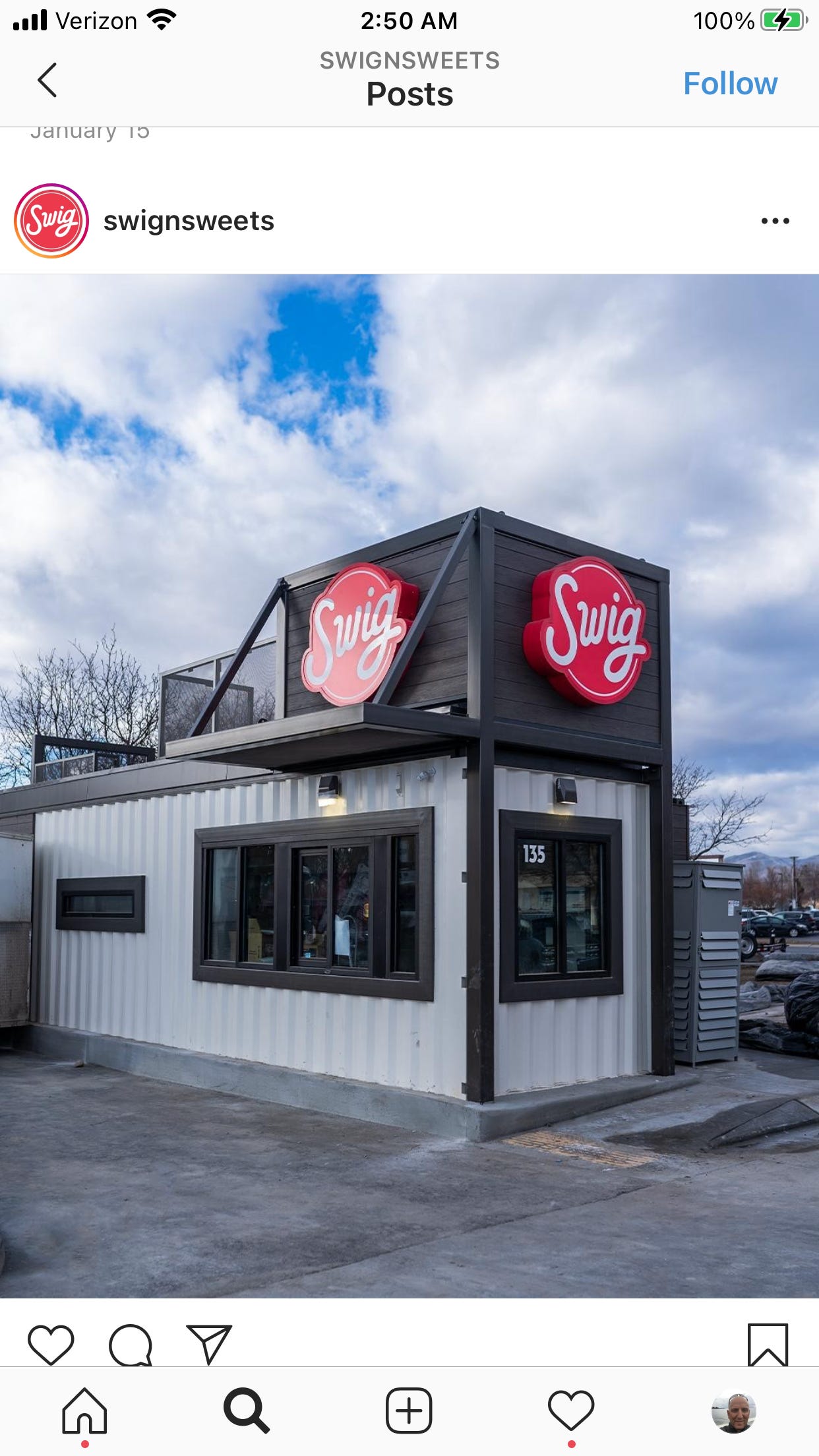
With this new modular store approach, construction is a simple (and quick) process that begins with the pouring of a new concrete pad (complete with water, electricity and sewer lines). Then the container pieces are dropped into place, everything is connected together, and a new Swig store can literally be up and running in weeks or days instead of many long months.
With these eight brand new stores up and running (each located in either Utah or Arizona), Chase said Swig plans to add 18 additional stores in 2021, with over half being deployed in three new states:
- Oklahoma,
- Texas, and
- Idaho.
And in 2022, Swig intends to add an additional 25 stores, further expanding its footprint.
Going After “Blank Spaces”
“There’s a lot of ‘blank space’ in Oklahoma, Texas, and a lot of other states,” Chase said. “We believe in this concept; we think it’s going to do really well in other states. So we’re like, ‘Let’s go and be first in Texas and Oklahoma.’
“We’re gonna go (to) Oklahoma City, and there we’re pushing for six (stores), and then we’re going to the Dallas/Fort Worth area, and this year we want to have four, hopefully six. There’s a few (stores) that are in limbo that we’re just negotiating on. But we feel that in Dallas/Fort Worth we could be building out our stores for the next three years and have 50 (just in the D/FW metroplex) and still have more (we could build).”
In addition to expanding into Oklahoma and Texas this year, Chase said Swig would also add its first location to the Gem State, with a store being set-up in Twin Falls, Idaho.
According to Chase,
“We feel like we have a team that can continue to grow at a pretty rapid rate. We want to do 18 this next year, and for 2022, we want to do 25. And our processes are in place to scale at that level.”
Swig has slightly more than 500 team members today, with the average store manager in their mid-twenties, often after being promoted from within the company after being on the job for two or three years, and then “suddenly they’re managing 15 to 20 employees.”
For the near-term, Swig does not anticipate entering the franchise marketplace, but will focus on internal growth instead.
“Right now we have so much momentum, and we have a lot of good things happening, (so) we want to be prepared and ready to pull the trigger if we ever decide to franchise,” Chase explained. “So we are creating all of those processes, down to (asking), ‘How many people should we schedule every hour? How do we control our food costs? So it can be a profitable investment for that franchisee,’ and not just saying, ‘Good luck; figure it out.’”
If Swig stays on track with its expansion plans, it will likely surpass $70 million in annual company-wide sales within two years, while also landing in that Franchising sweet spot of 50—100 locations.
Whether Savory will decide to take a swing at Franchising with its Swig QSR format is hard to say.
But one thing does seem certain to me, and that’s that any questions about Swig’s role in the Dirty Drinks marketplace have been erased, especially with Chase Wardrop in his new position as President and Chief Drink Maker.
An Addendum: My Personal Swig Journey
Unlike our Swig-fanatic daughter, prior to researching and writing this Feature article, I had never supped on a Swig-a-licious soda, not that I’m opposed to sodas or carbonated drinks, ‘cause I’m not. Just never felt the itch that needed to be scratched.
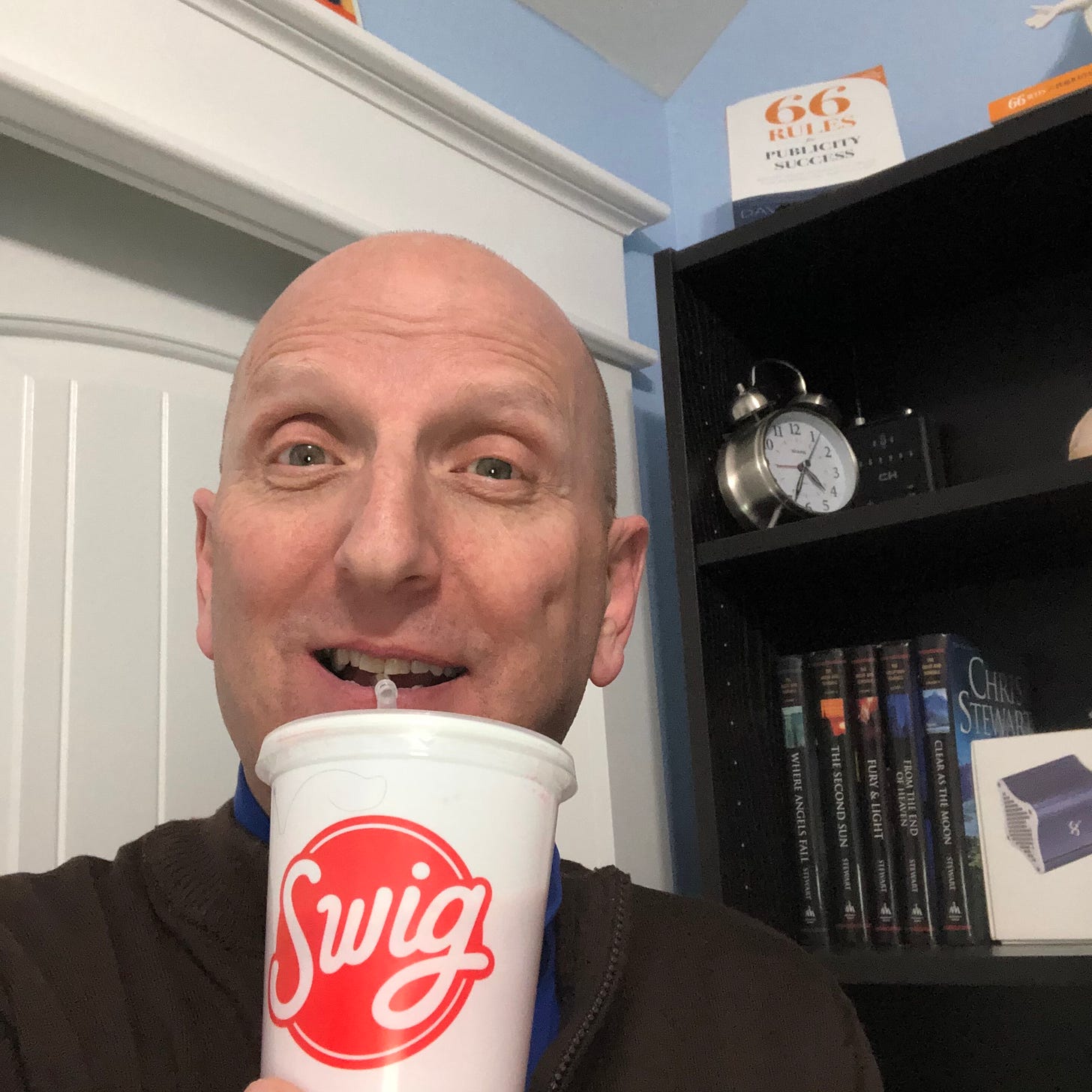
But after re-connecting with Andrew, and following my conversation and communiques with Chase, I figured that, at a minimum, I needed to at least try a Swig drink or two. So yesterday I did.
Our daughter and her husband recommended three drinks; Chase did the same.
In the end I settled on five different variants (listed in alphabetical order):
- Dirty Dr. Pepper,
- Guava Have It!,
- Raspberry Dream,
- Reviver (with sugar), and
- Strawberry Breeze.
For the record, I purchased these five drinks from the South Jordan store late Wednesday afternoon, which happens to be roughly a mile from our home.
And what did I think?
Oh, for that you’ll need to watch the video below. Thanks.
David
NOTE: This article was originally published by Deseret Business Watch. A few minor editorial changes have been made to this version to better match the current Silicon Slopes writing style.

